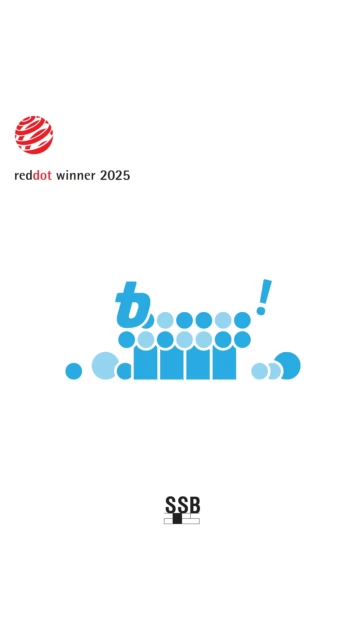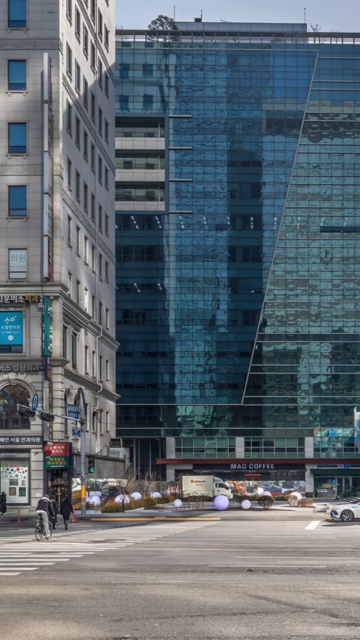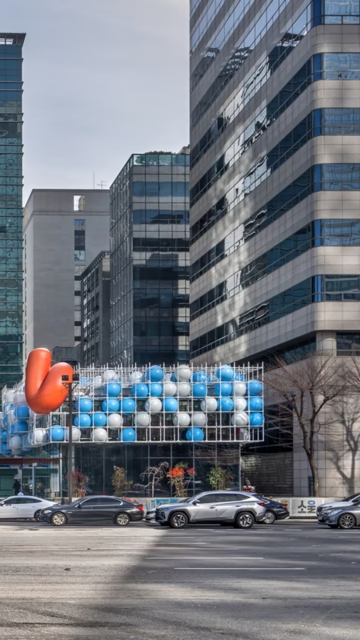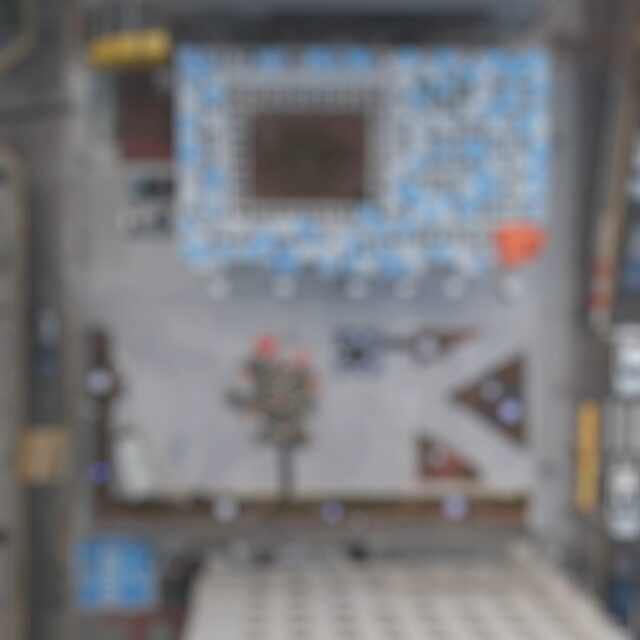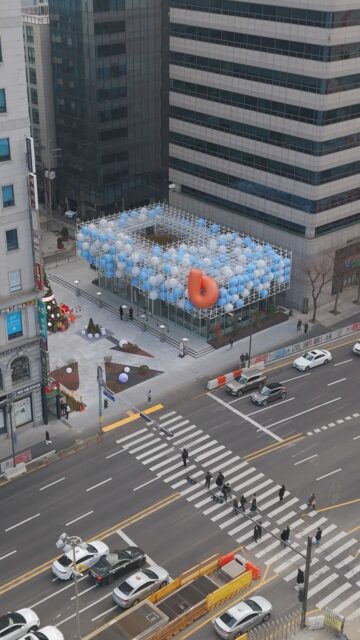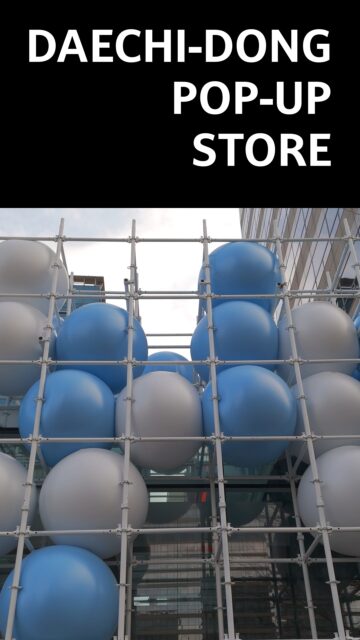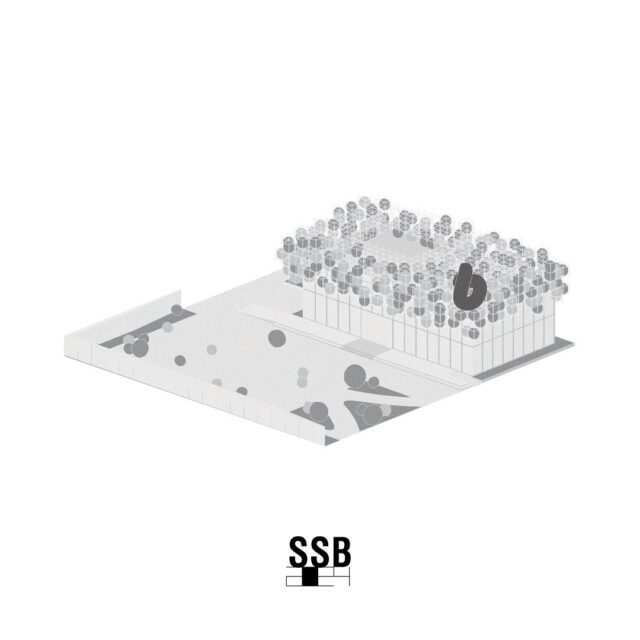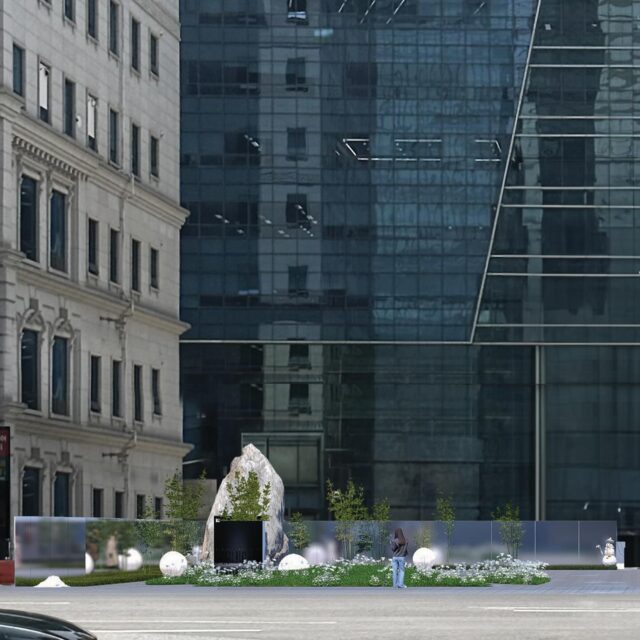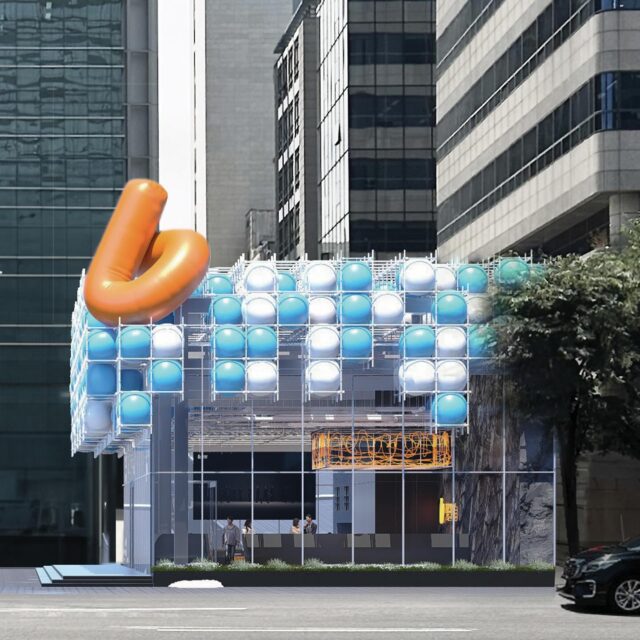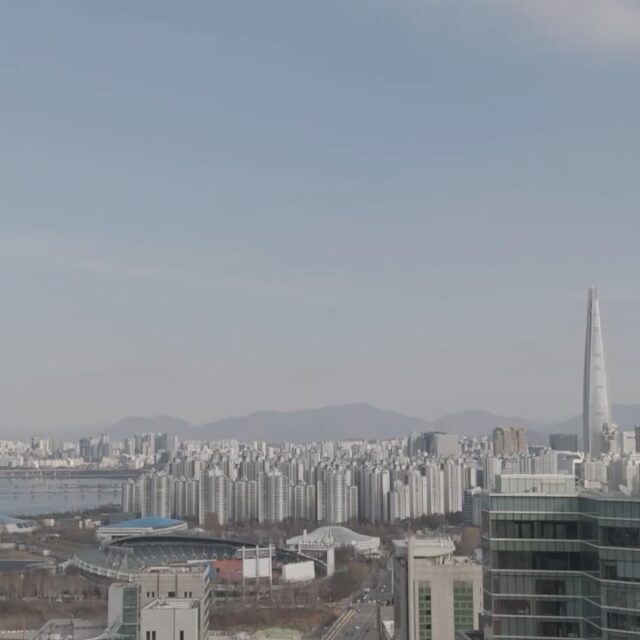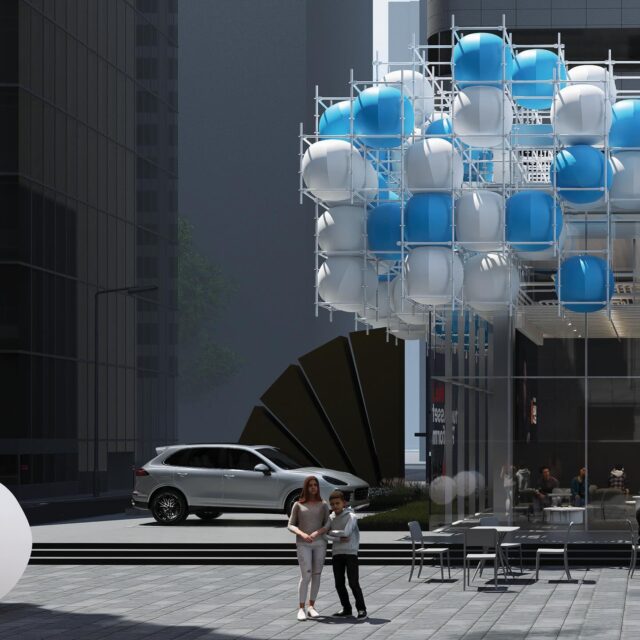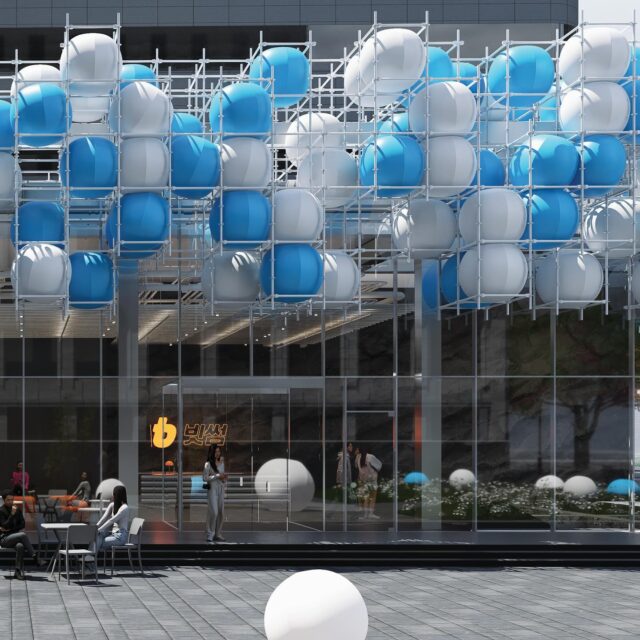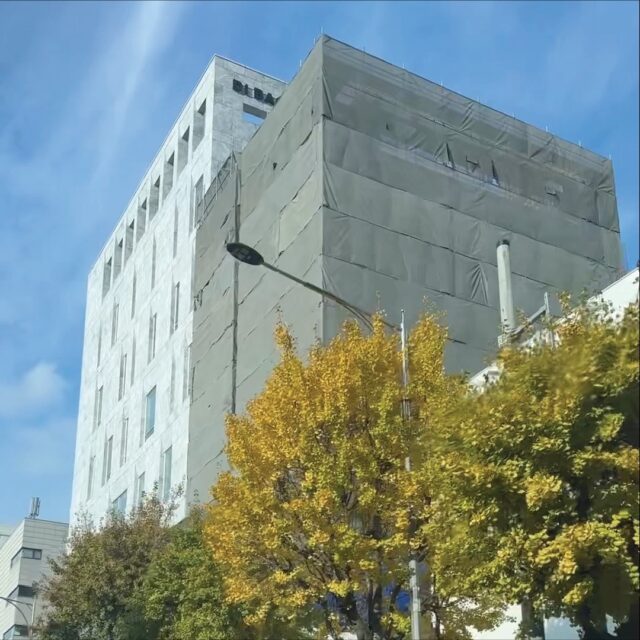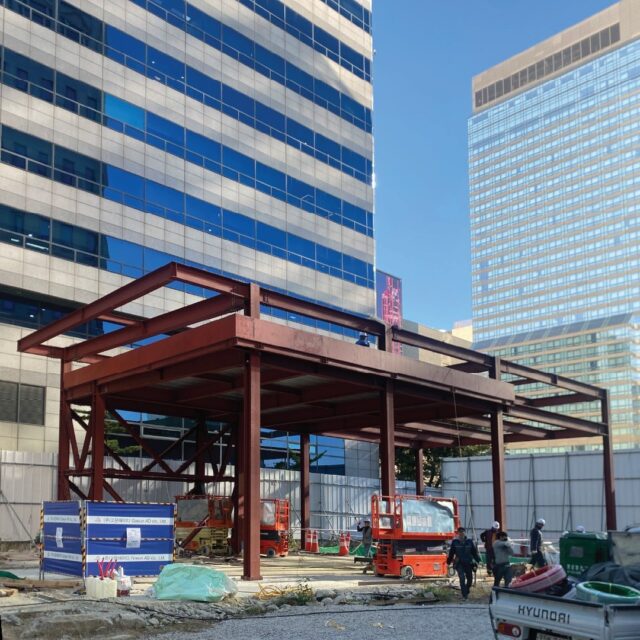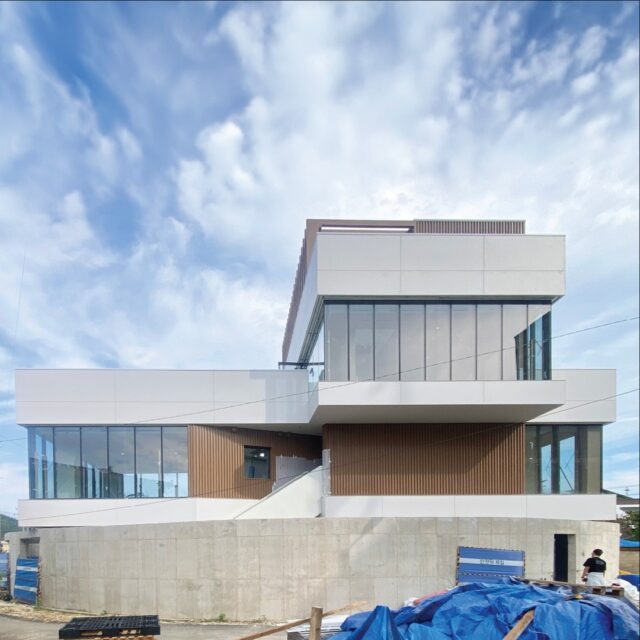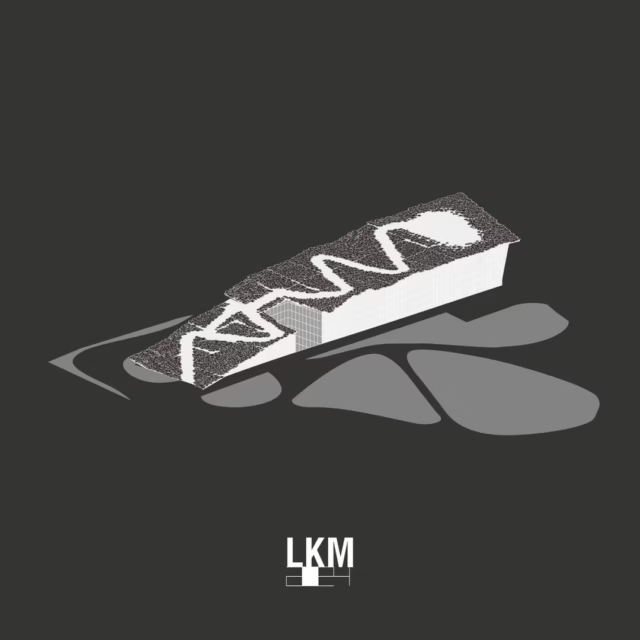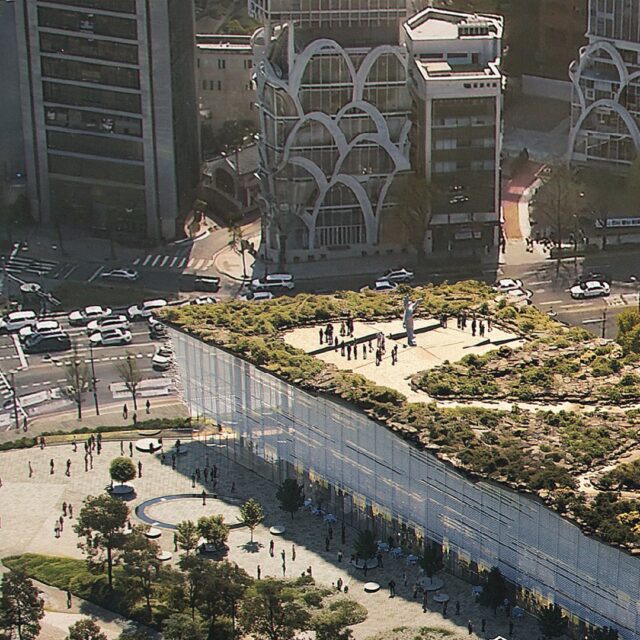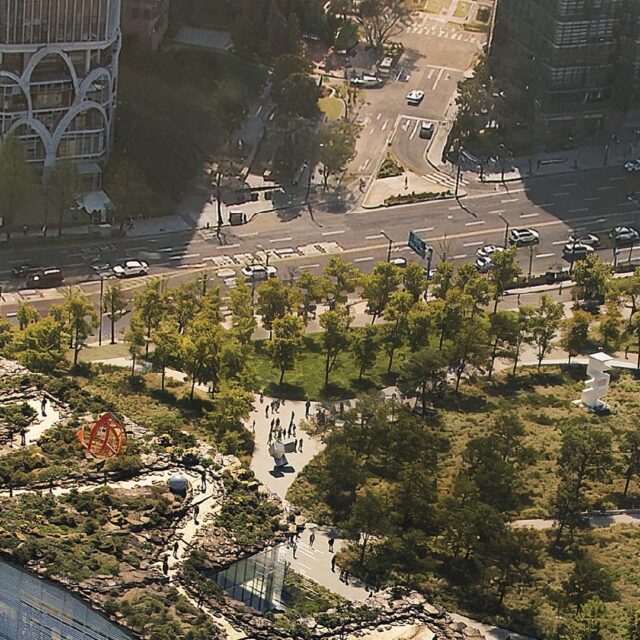Project Overview
Project Description

Sejondaero runs through the heart of historical Seoul to the modern day Seoul. Linking the historical heritages to the neighboring main financial, administration and media facilities, it has more value than just as a ‘street’ but to become a ‘place’. The proposed site of the former National Tax Service Building is adjacent to the Deoksugung Palace and the City Hall. Daehanmoon, one of the gates of Deoksugung, was an open platform in Chosun Dynasty where the people would come up to appeal to the King whenever they had to make a voice. In modern days, the area has become a symbolic place for diverse mass gatherings. Throughout the history of Seoul, Sejongdaero has always been a place of communication for the people of Seoul.
The proposal extends this historical value of the ‘Dialogue’ into the site by creating strong linkage to the surroundings of City Hall and Deoksugung Palace, and in-between spaces for people to gather and exchange activities. First, most of the existing traces of the National Tax Building are maintained; columns and walls. A new direct underground pathway is made to the existing Deoksugung Underground Pathway from the footprint. The excavation becomes a sunken plaza re-identifying the traces of the past history. People will pass by or rest during normal day hours but at night the whole subterranean level becomes an event space for the community.
The existing plan of the National Tax Building was built upon a strong grid language. This language of the grid continues in the new underground construction making direct access to the existing underground pathway at City Hall. By doing so, a strong visual and physical connection with the two sites on both ends are made which was limited by the massive street traffic in-between on ground level . In these new underground construction spaces, public programs of library, open gallery and auditorium spaces are proposed. The dead underground space becomes more lively and active with the public engagement, which in return contributes back social and cultural value into the neighbors.




 SSP [SU:P] + Collective Architects+ WORK
SSP [SU:P] + Collective Architects+ WORK
